What was your first train set (or locomotive)?
I remember as a small child being fascinated with all types of transportation. Cars, trucks, ships, planes and trains, but I can definitely recall getting bitten by the model train bug when I was 6 years old. I distinctly remember visiting one of my father’s co-workers, who had a son a couple of years older than me. On the floor of his room was a train set that included a heavy duty derrick crane used in train derailments. I was hooked at that point and I’m sure I couldn’t stop talking about it to my father on the ride home.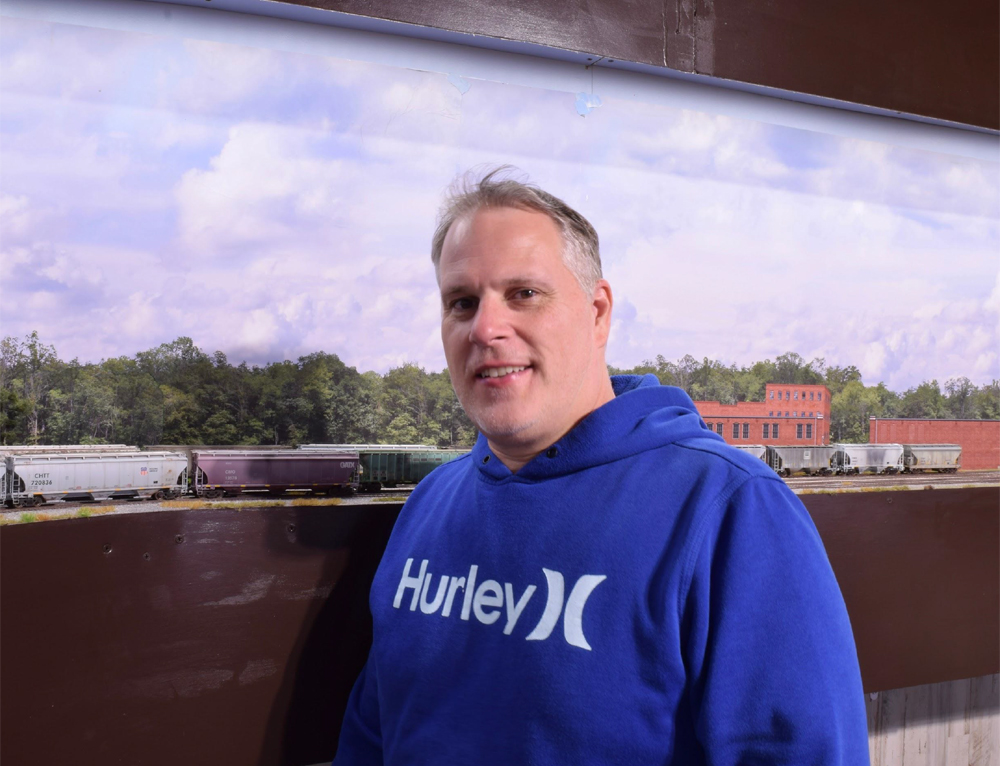
On my 7th birthday, I was surprised with a Tyco Chattanooga Choo Choo train set that included a figure-8 track with a bridge, and two of the cars in the train were a derrick crane and tender. This is when my model railroading journey began.
Describe your model railroading philosophy in six words.
Model Railroading is like 3-D art! I often describe my hobby to my co-workers and friends that model railroading is a form of art. When you think about it, that is true. Creating a model railroad is a form of artistic expression. You are utilizing the artistic side of your brain the same way an artist would compose a scene on a painting. It is a personal experience and in a way, your model railroad is your escape from reality. It is your interpretation of what you see and experience trackside. As a professional locomotive engineer, I often say my day job is just research for my model railroad.
What has been your biggest modeling success?
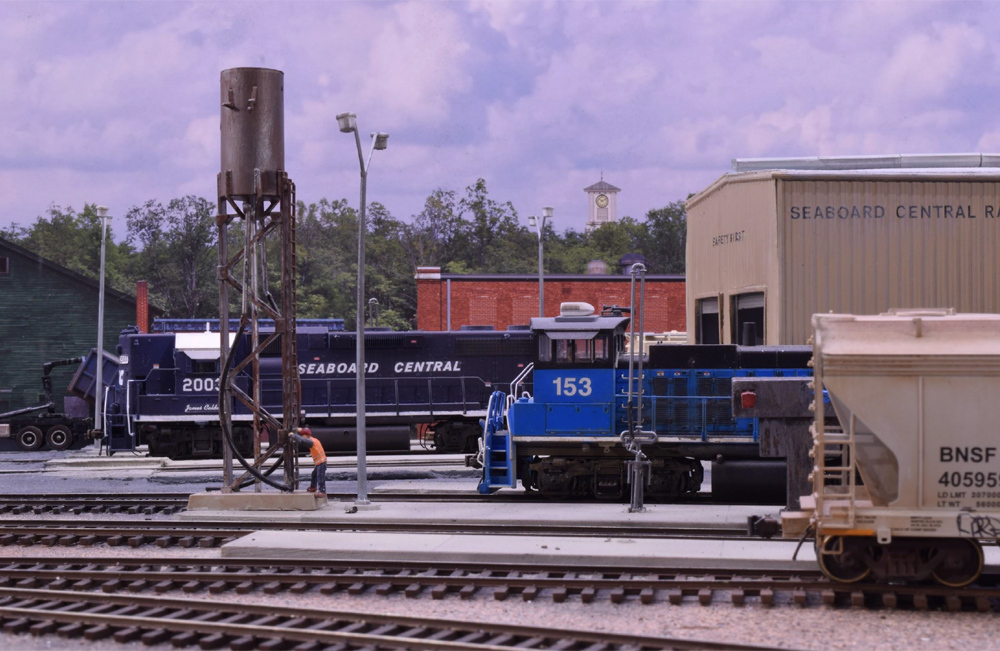
Creating the Seaboard Central is the thing I am most proud of. I first came up with the Seaboard Central after admiring other freelanced model railroads, such as the V&O and the Utah Belt, during the late 1980s. Through the years I have watched the Seaboard Central grow and develop into a more realistic idea that fits right at home in today’s modern rail industry. One thing that has helped is starting the Seaboard Central YouTube channel and providing monthly layout updates. By producing a layout update each month, it encourages me to continue to spend more time in the layout room focusing on completing projects that add value and interest.
Visit the author’s YouTube channel: https://www.youtube.com/@SeaboardCentral
Visit the author’s Facebook page: https://www.facebook.com/SCModelRailroad
What was your biggest modeling mistake?
I would have to say from my earlier layouts, my biggest mistake was not having or sticking to a set of standards. It is good advice to have standards when it comes to layout construction and operation. For example, if you use DCC, it is good advice to stick with one brand of decoder, especially if you operate multiple-unit consists.
On my previous layout, the height was too low and the trackwork had areas that were prone to derail certain equipment due to curvature or over certain joints that were located over parts of the subroadbed that weren’t exactly level. I’ve always said the best way to learn is to make mistakes. Never be afraid to go back and change something that you’re not happy with. There have been plenty of times in my years of modeling when a mistake has actually resulted in something better than I originally intended.
What is your least favorite modeling task?
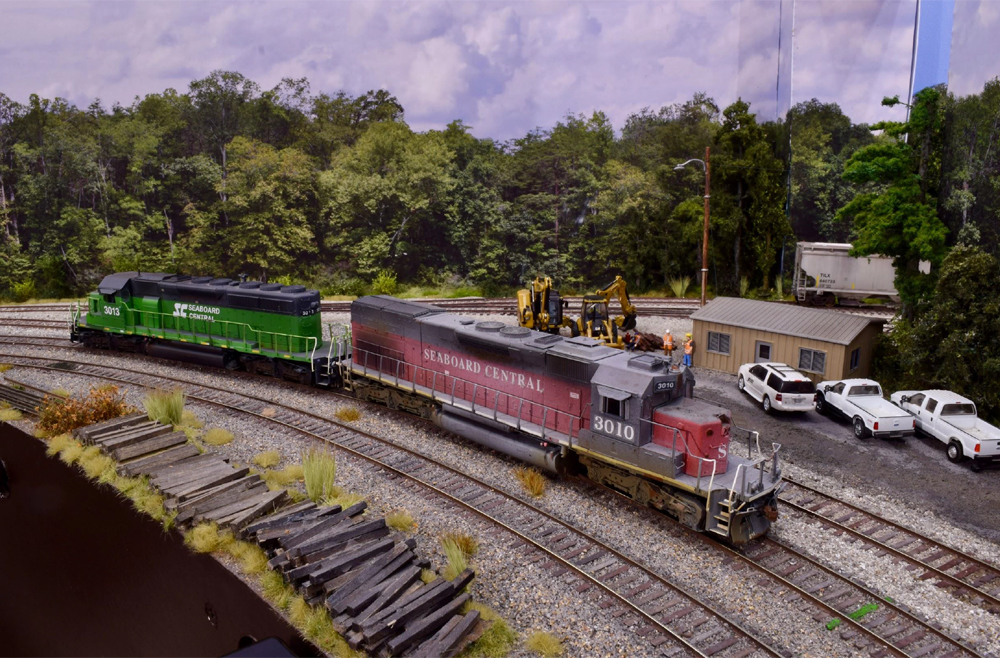
My least favorite part of the hobby is definitely electronics. I’ll gladly contract this work out so I can focus on other parts of the hobby I enjoy. My day job often requires a lot of overtime, so time is very valuable to me. I only have a limited amount of it to devote to the layout every week. Thankfully, there are some great folks out there that produce amazing work. Lately I have been using Georgia Bigfoot Trains for all my DCC installs. This has helped to free up a lot of time so I can focus on building the layout.
What project(s) have you been working on recently?
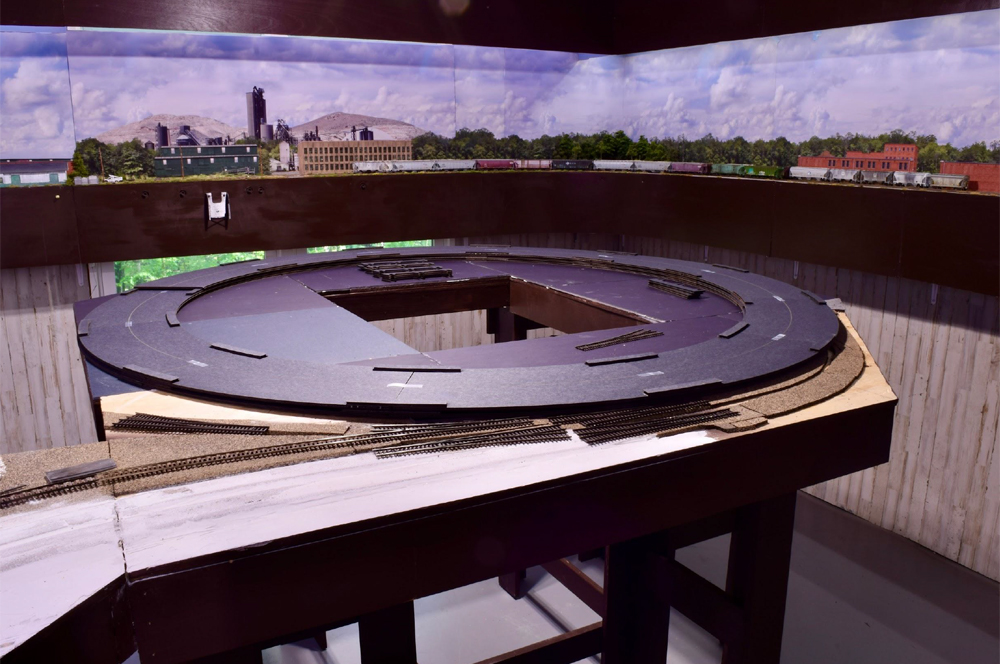
At the time of this writing, I am working on building a helix kit for the layout. This helix is different then what most folks have, since it is an actual kit produced by TracksideScenery.com. I decided to go with this kit for a couple of reasons. I use their photo backdrops exclusively on the layout and have been very pleased with the service, and secondly, the kit looked pretty simple to build.Once the helix is in place, it will allow the main yard and staging area to be connected to the rest of the layout. I am really excited to finish this project due to how much of an impact it will make on operations.
What advice would you give to a new hobbyist?
When you get older and more experienced, we all say if I could go back in time and start over with the knowledge I have now, I would do things differently. I look at this question as if it was future me telling past me what I should do. That advice would be, start with a simple shelf switching layout. Maybe start out with a layout around a couple of walls. Keep it simple. No more than four to six turnouts with three or four industries. Focus on developing skills like structure building and scenery. Take on weathering a car or two. Don’t worry if you make a mistake. Treat this layout as a learning layout for something much grander down the road. But most of all, have fun! If you’re not having fun, you’re not doing it right.






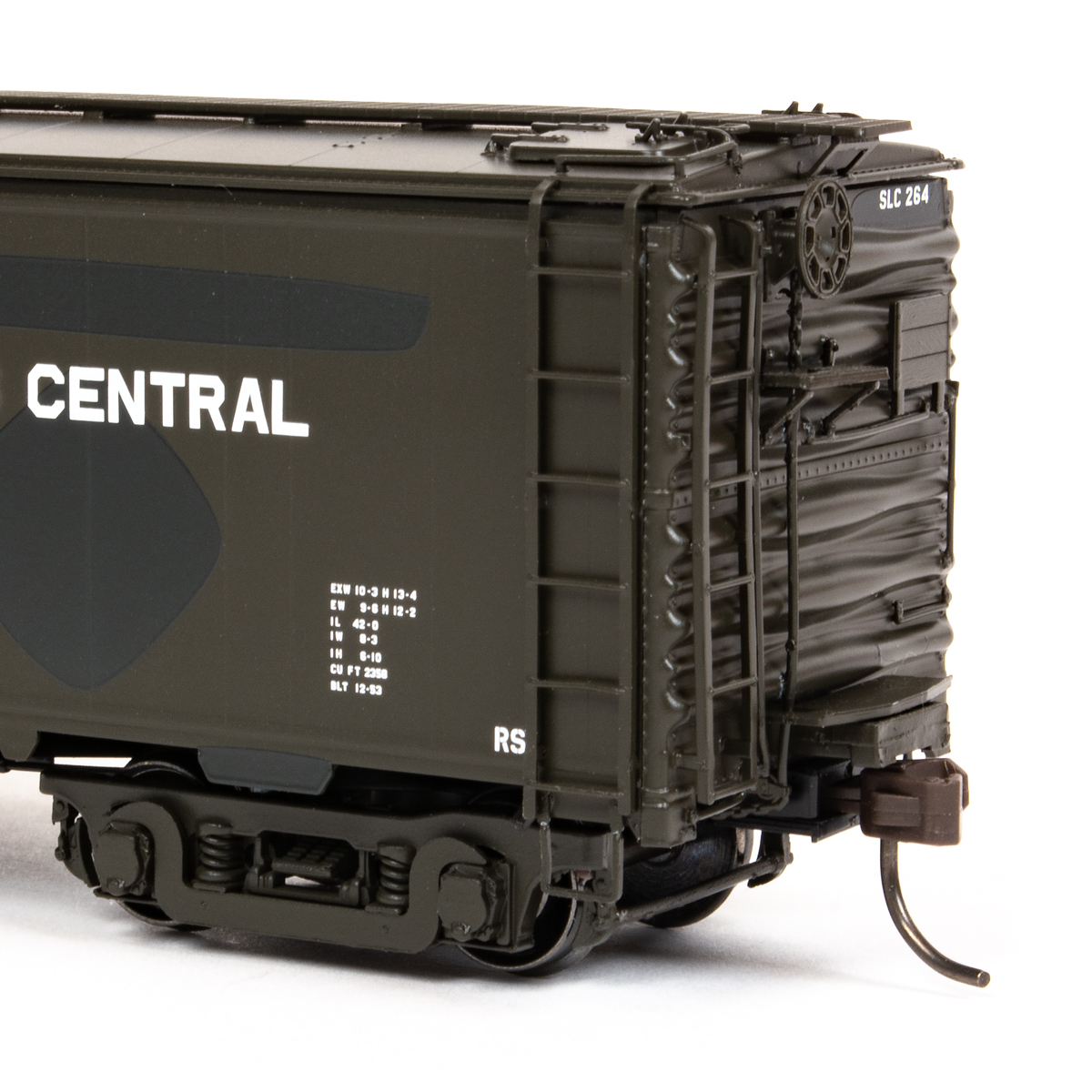
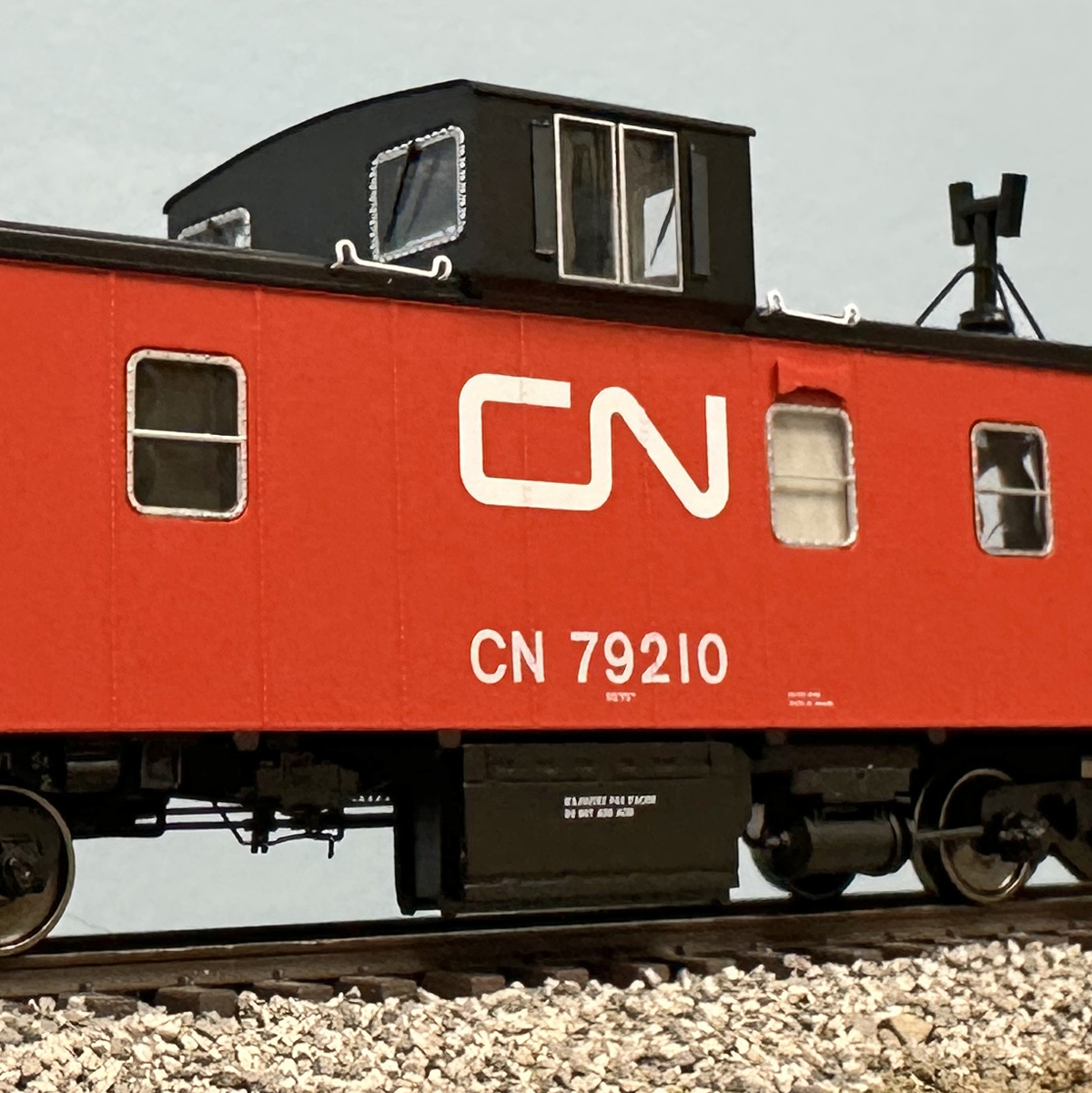
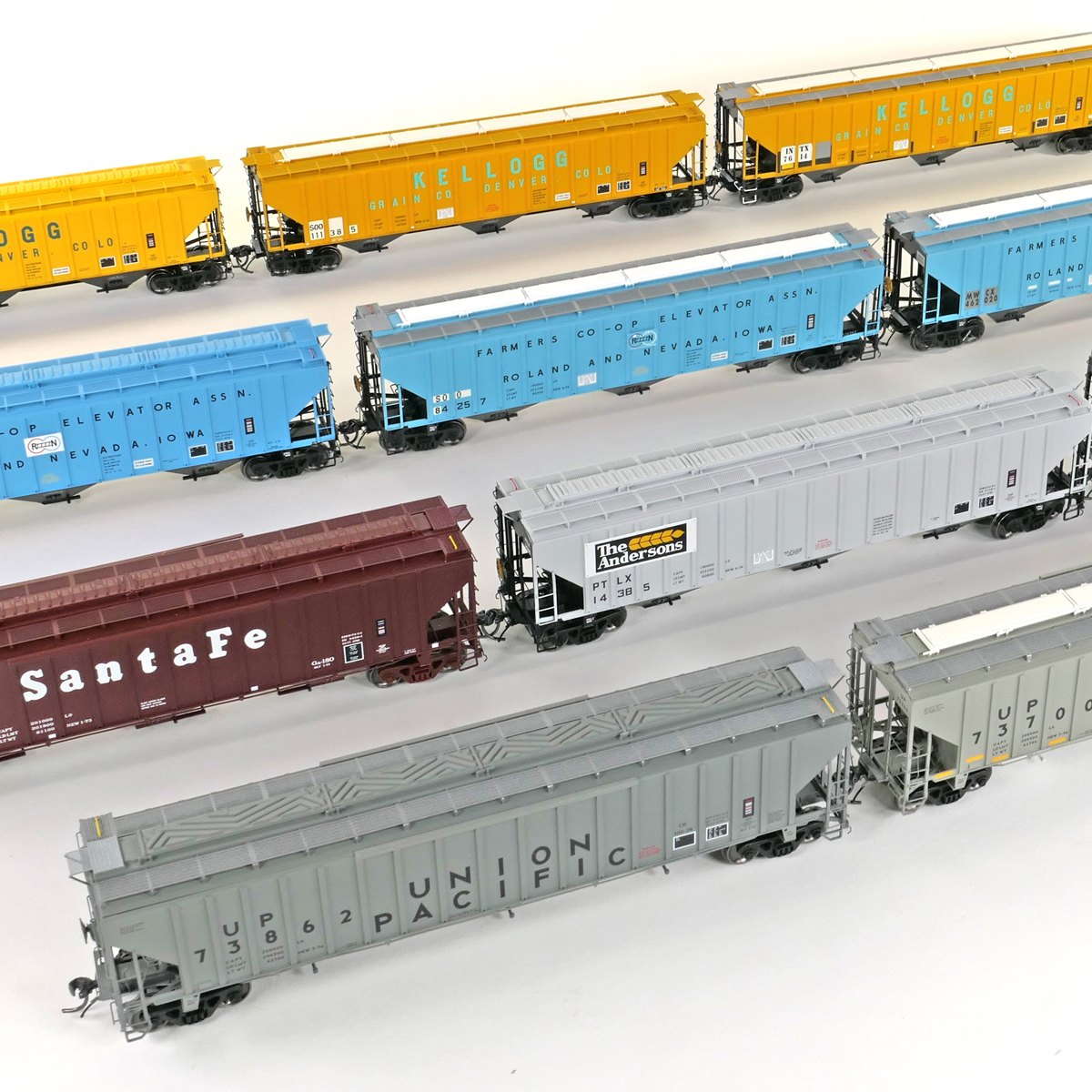
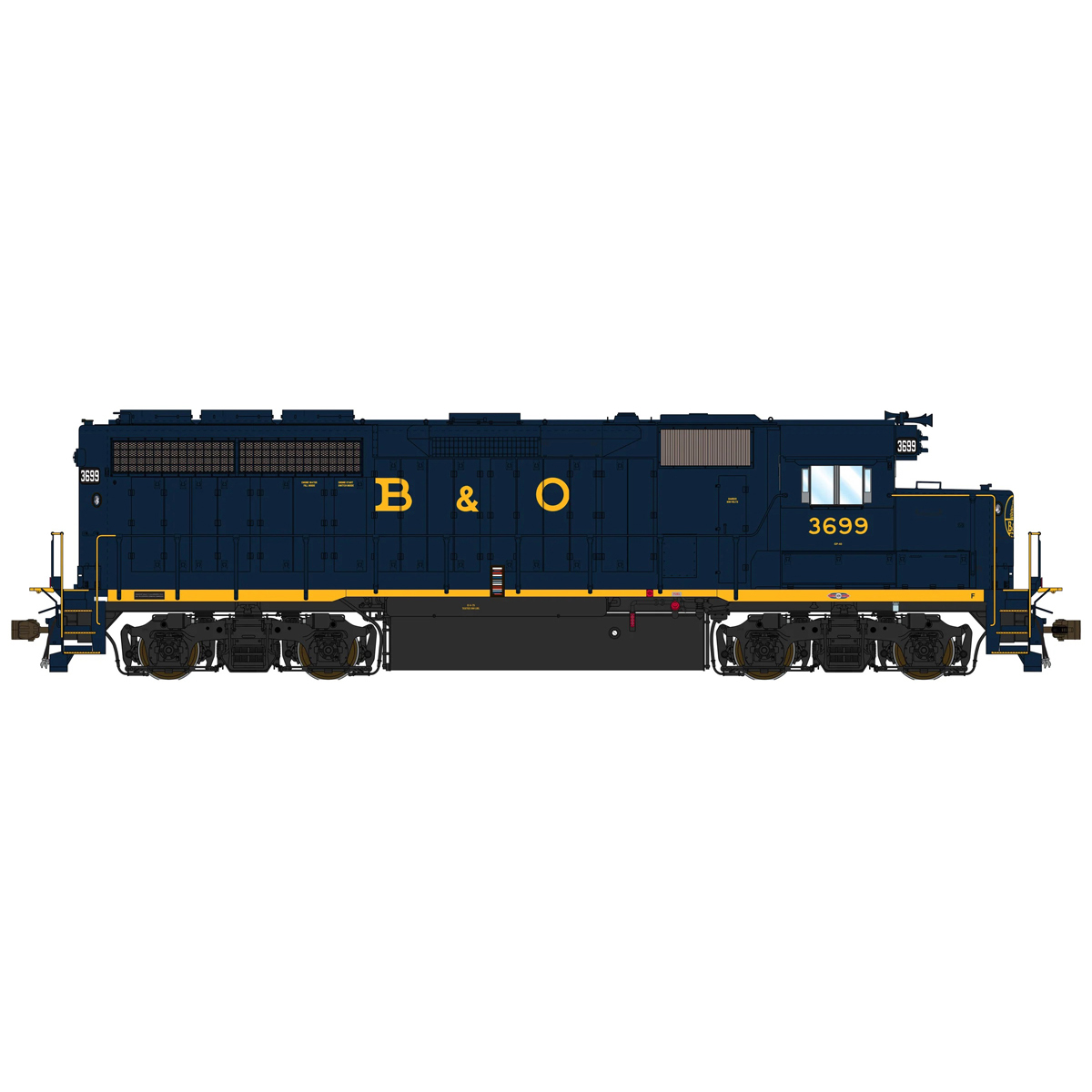




When you are buying a new, DCC-equipped loco, the manufacturer picks the decoder brand. Unless that brand is your standard, ’tis expensive to shift and can be difficult to get all the lights and other special effects working. So I have TCS, Lok and Soundtraxx units on the roster. I only consist the same DCC brand, so challenges are minimized. Local switching trains only have one loco.
My opinion is that Tim is the current Allen McClelland.
I’ve been watching Tim’s videos on YouTube for several months now. They are enjoyable. Thanks for the spotlight on him here.